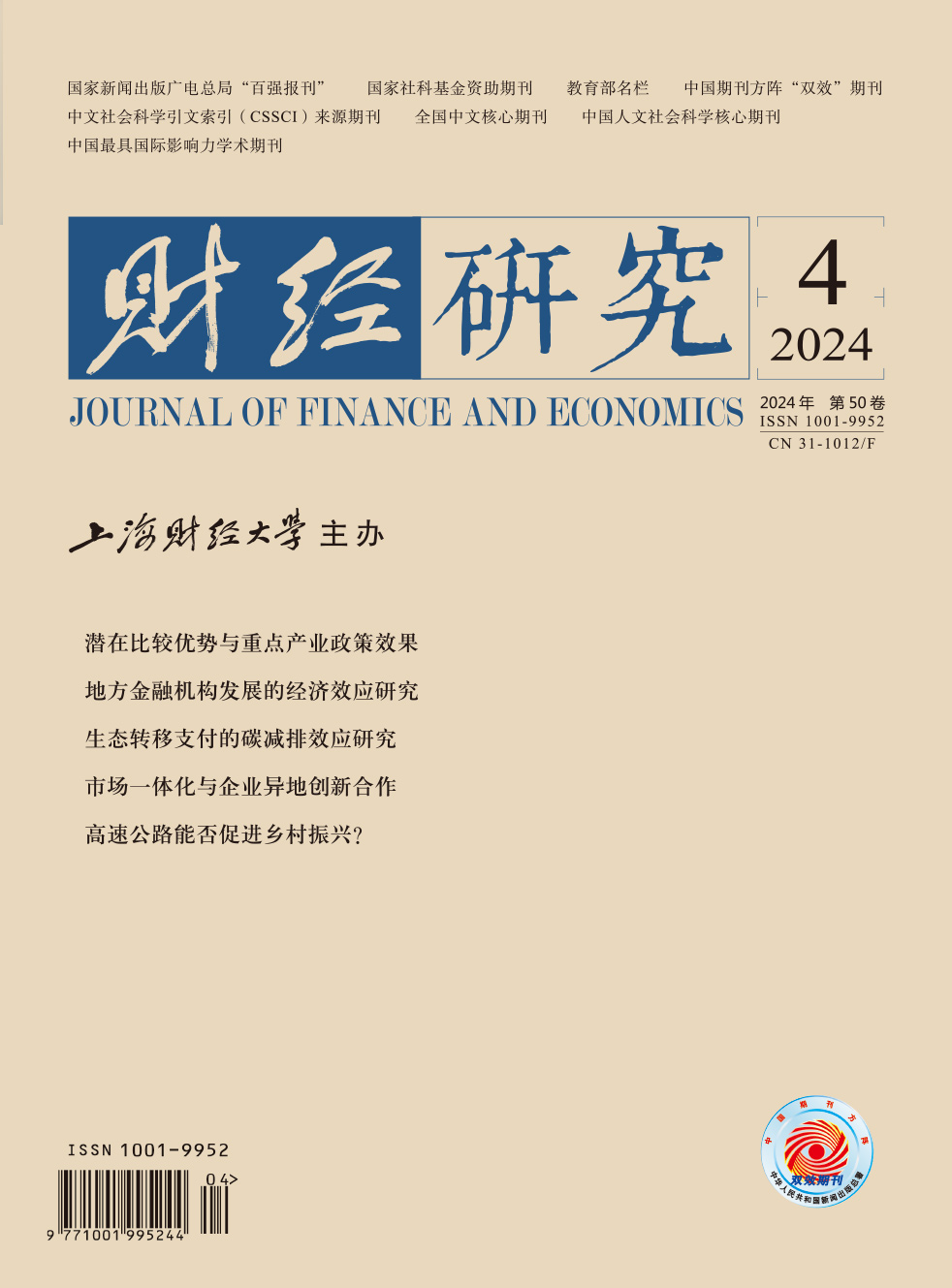As local financial institutions that have been active in county markets for an extended period, Rural Credit Cooperatives naturally excel in revitalizing rural development, advancing industry integration, and fostering sustained income growth for rural residents due to their inherent advantages in information gathering and reducing transaction costs. This provides a “vital source” for promoting common prosperity among farmers and rural areas. Therefore, focusing on Rural Credit Cooperatives and employing methodologies such as generalized least squares, this paper examines the impact, mechanism, and heterogeneity of local financial institution development on the income gap between urban and rural residents at the county level.
The results show that: First, the development of local financial institutions not only significantly reduces the income gap between urban and rural residents within counties, but also generates a substantial positive spillover effect on the income gap in counties with similar economic distances. Second, nonlinear relationship testing finds that the Kuznets effect does not apply to the development of local financial institutions, which is related to the proactive downscaling of services by these institutions and their lower service thresholds for “inactive” rural residents. Third, the development of local financial institutions affects the income gap between urban and rural residents within counties by altering the intensity of financial support for agriculture and through innovations in intermediary business. Fourth, for local financial institutions with a lower legal person shareholding ratio and loan pricing, as well as those in counties with faster economic development and a lower level of capital outflow, the development can significantly narrow the income gap between urban and rural residents.
The main contributions of this paper are as follows: First, it analyzes the impact of local financial institution development on the income gap between urban and rural residents according to the “scale-structure-efficiency” framework and further tests the validity of the Kuznets effect, providing direct evidence for achieving common prosperity from a micro perspective. Second, based on the development characteristics of local financial institutions, it precisely delineates the mechanism and pathways through which the development of local financial institutions affects the income gap from the perspectives of financial support for agriculture and intermediary business innovation. Third, it examines the heterogeneity of the impact of local financial institutions on the income gap between urban and rural residents within counties from the two levels of internal governance capabilities and external economic development conditions, effectively addressing how local financial institutions achieve high-quality development in promoting common prosperity.





 4754
4754  6746
6746

